
Article by David Job MIAgrE. Member of the SocEnv Soils and Stones project
World Soils Day
Since its origins in 2014, World Soils Day takes place every year on 5th December. The day is an opportunity to mobilize international action to combat the crisis of soil degradation and the threat this poses to biodiversity, our food supply and climate.
Organised by the Food and Agriculture Organisation of the United Nations (FAO), each year has a different focus. This year’s theme is ”Soil and Water: a source of life”.
With this year’s theme in mind, this year’s World Soils Day article explores a key issue: the challenges posed by salinisation contamination of agricultural land.
An introduction to salinisation contamination
The definition of salinisation is “the process by which a non-saline soil becomes saline”.
Salinisation contamination is one of the major contributors to global soil degradation. Only 1% of all the water on the planet is fresh water. Of that 1% fresh water, 70% is used in agriculture, and with a growing global population this availability of fresh water will become a greater issue.
The four main ways contamination can take place:
- Coastal flooding – has the potential to affect large areas of land with rising sea levels and other weather-related phenomenon such as storm surges, spring tides etc. This is becoming of greater risk to low lying areas.
- Aerosol or airborne – this is where sea water is blown inland at high tide or extreme weather. Water droplets can be carried up to 1km inland.
- Saline Intrusion of ground water – aquifers will become a growing issue, exacerbated by an increase in water abstraction due to changes in the climate and rising sea levels which may increase exposure to brackish water sources. This brackish water then comes into contact with the soil root zones which has an adverse effect on crop health.
- Irrigation with brackish water – can be linked with the saline intrusion of ground water as most water used in irrigation is sourced from aquifers and lakes. It is estimated that 20% of the world’s land which is irrigated is salt affected.
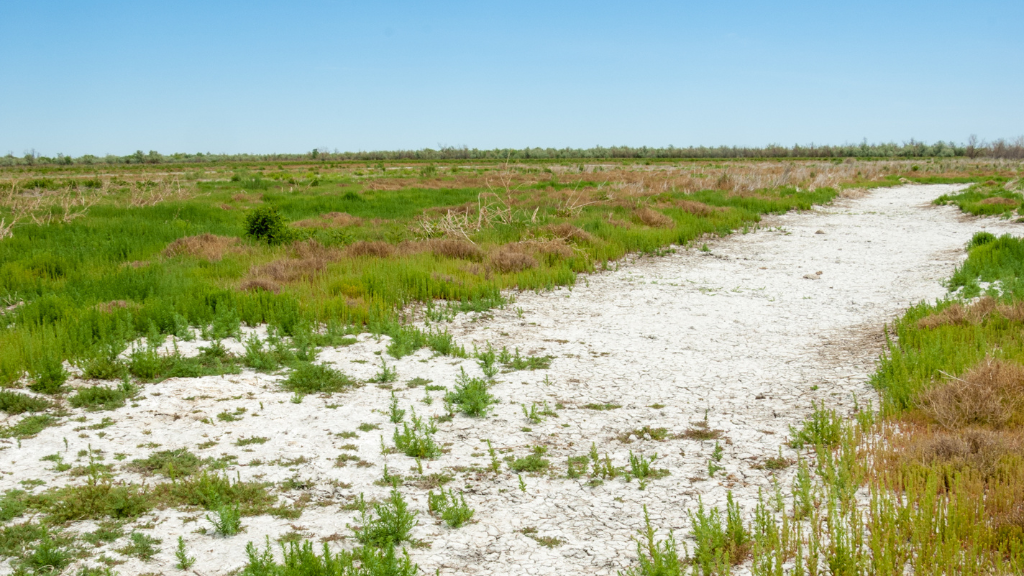
Effects of salinity
- Short term: when salt is deposited upon the crop’s foliage, the surface of the foliage is burnt.
- Long term: when it interacts with the soil, this can take years to repair depending on a number of factors, one of the most important being soil type.
The structure of the soil is weakened as the salt ions disperse the clay particles so the structure of the soil is weakened. The loss of soil structure carries with it a number of issues, as follows:
- Reduced pore space.
- Reduced water infiltration.
- Surface capping.
- Compaction risk.
- Cultivation issues.
- Change in carbon cycling & microbe activity.
- Reduce nutrient and water uptake by plants.
- Reduced germination of seeds – partly due to the damaged soil structure (appropriate levels of air and moisture), but also makes magnesium less available which the seeds require for germination.
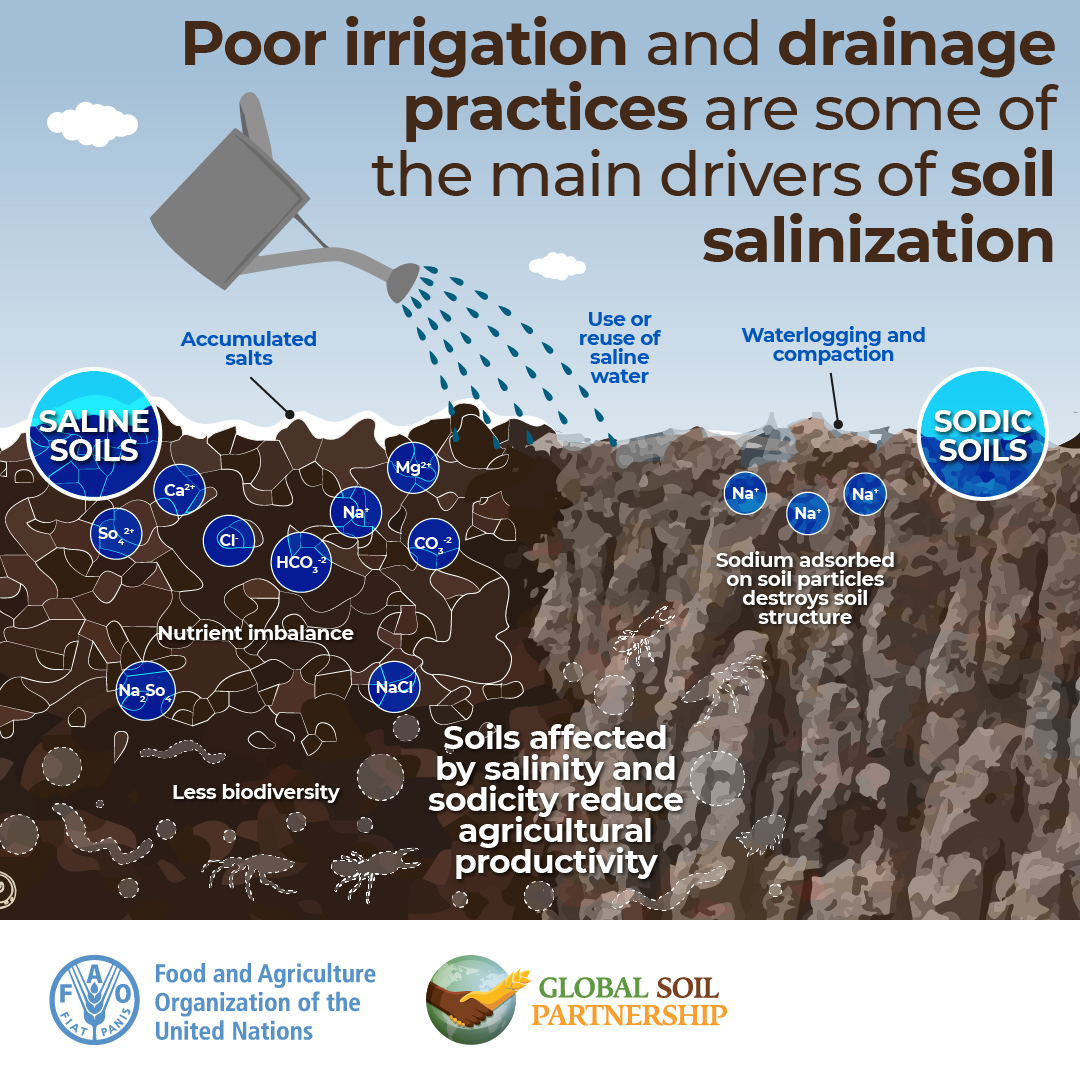
How to manage saline contamination
General Soil Management:
- Put the land to grass for several years. Typical grass species could be fine, as well as tall fescues.
- Use cover crops – these will help hold the soil together, reduce erosion, increase organic matter and help tackle compaction. Salt tolerant cover crops include: quinoa, rye, sunflower, triticale, rape, oats and barley.
- Use salt tolerant crops. Moderately tolerant – grass or wheat. Tolerant – beet, OSR, barley.
- Removal of salt via crops.
- Halophytes are plants that survive in saline environments.
- Extend rotations or grazing to allow land to rest and salt flush.
- Improve drainage – to aid salt flushing but only if the land is capable of taking the machinery.
- Reduce soil cultivations.
- Addition of gypsum – the calcium within the gypsum displaces the sodium from the exchange sites within the soil.
Flooding and aerosol contamination:
- Coastal protection, attenuation/storage areas.
- Hedges, woodland or barriers – to reduce the aerosol contamination.
Irrigation:
- Brackish water – reduce amount being used for irrigation/only use when necessary.
- Irrigate with fresh water to aid flushing of salt out of the soil profile.
- Drip irrigation.
- Treatment of brackish water.
- Conductivity meters on irrigation pumps.
Other:
- Adding mulch, manure, compost or crop residues.
- Exchangeable Sodium Percentage (ESP) analysis.
- Introduction of a small amount of salinity to the microbes within the soil prior to contamination.
Areas where further research is required
- Improved drainage management.
- Cost effective drip irrigation.
- Which organic matter resource is best to apply to contaminated land.
- How to treat brackish water in a cost effective/sustainable way.
- How much germination is affected by sodium.
- Can a better way be found to recycle gypsum to allow more recycled gypsum to be applied to the land which wouldn’t fall within the “Waste to land” regulations?
- Research required for cover crops.
- Should soils quality standards be collated similar to water quality standards?
- Trials on soil biome – how microbes etc react or tolerate this.
- Investigate UK soils with saline contamination.
- What blends of brackish water could be used on different crops/soil types?
- Which cover crops remove the most salt from a soil.
- Long term impact of using brackish water.
- Agronomy & market of halophytes (salt tolerant plants) are unknown.
- Amount of winter rainfall required for adequate soil flushing.
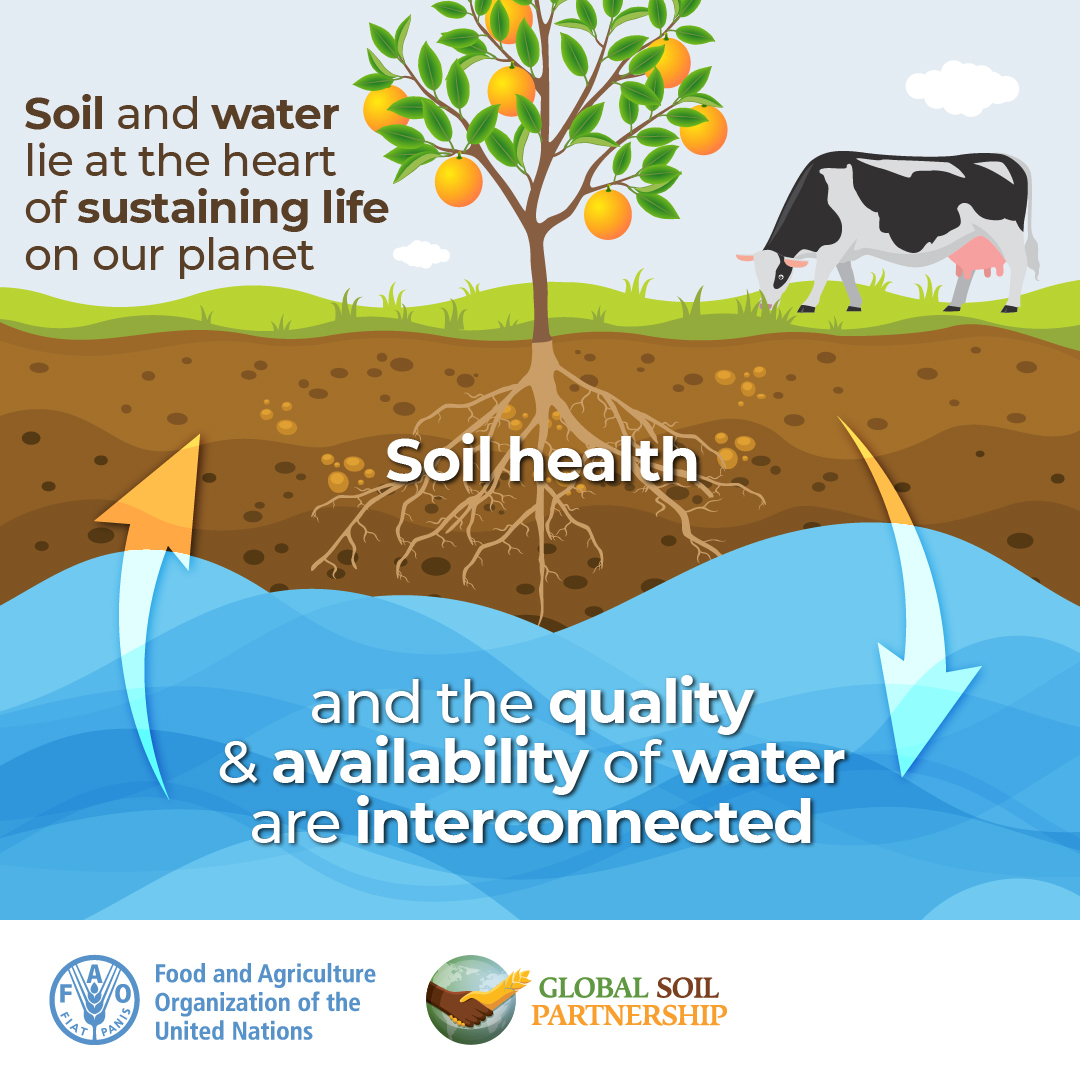
Conclusion
It is estimated that if salt affected soil could be put back into production, then 70-120 million ha of land worldwide could be saved and put back into use.
The research done so far in the UK suggests, with regards to irrigation, that a crop benefits from brackish irrigation water compared to no water. Depending on the concentration of sodium within the brackish water, the UK’s winter rainfall will flush this out, which shows there is hope to reduce the dependency on fresh water. On a microbe/biological level, if soils can learn to tolerate or adapt to higher levels of sodium from brackish irrigation, the soil may remain fertile and the nutrient/carbon cycles can continue while using this process.
The largest risk for the UK is coastal flooding, where it depends on the individual scenario as to how to manage the recovery of the land. Further research is needed to build a “toolbox” of methods, combined with the knowledge to manage these events and to rectify the soil.
About the author
The above is an extract from the upcoming report “Salinisation Contamination of Agricultural Land”, by David Job MIAgrE. David Job MIAgrE is a member of the Institution of Agricultural Engineers (IAgrE), is FACTS qualified (No. FE/6656) and a member of the SocEnv Soils and Stones project, bringing together experts from across sectors. The project works to expand the adoption of policies and good practice which recognise the value of soils and stones. Find out more about this project and how you can get involved via the link below.
Contact/ more information:
Further reading:
Share this page
More from SocEnv
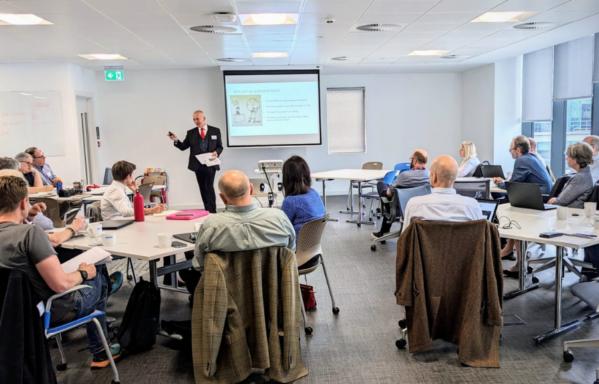
Progress update from the CEnv-led Soils and Stones project
A recap of the first in-person meeting of the Soils and Stones Project since pre-COVID times, including key outcomes and how to get involved.

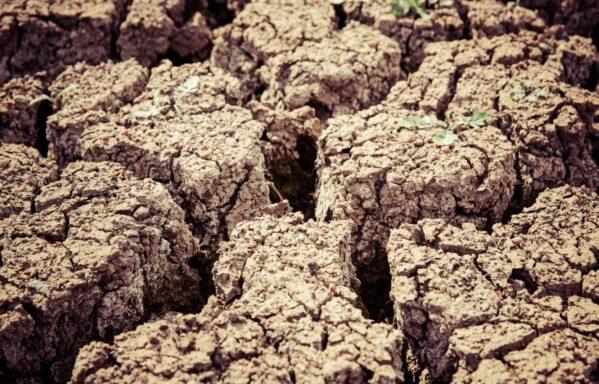
SocEnv Soils and Stones Report Published
Sustaining Our Future By Influencing Change in the UK and Beyond.

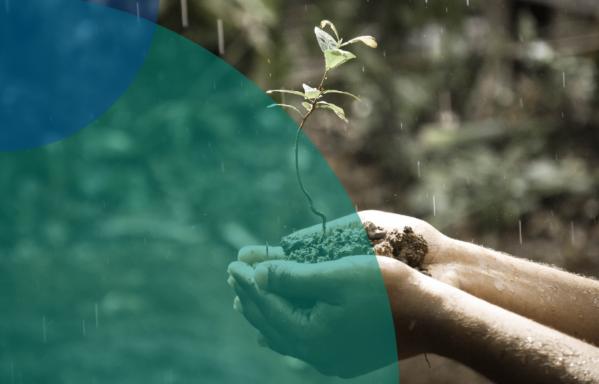
Soils and Stones Project
The ongoing SocEnv Soils and Stones project aims to expand the awareness of the value of soils and stones as valuable resources.


IEMA | New industry guidance for land and soils
New industry guidance for land and soils. Healthy soil is a critical part of our ecosystem.

